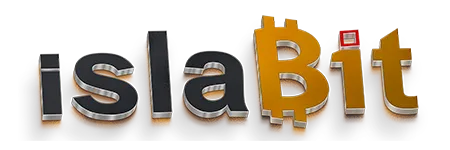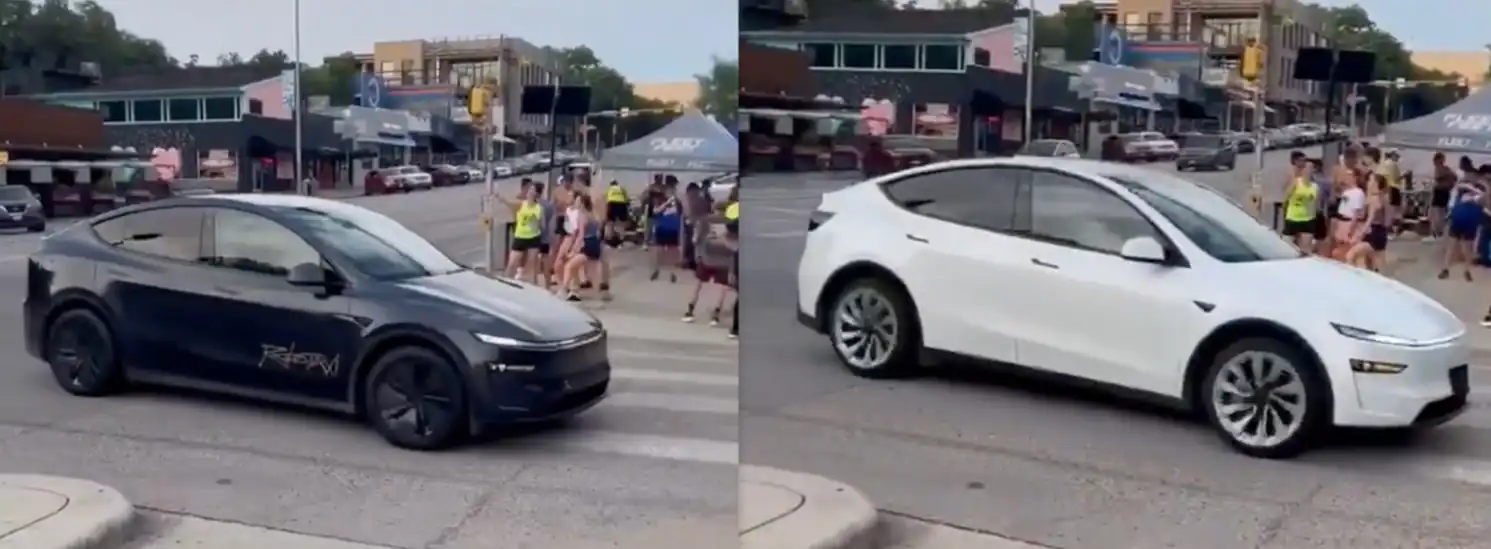Just hours after Tesla’s robotaxis began accepting their first paying customers in Austin, Texas, the United States’ top traffic safety agency had already picked up the phone.
The National Highway Traffic Safety Administration (NHTSA) confirmed on Monday its contact with Elon Musk’s company requesting details about a series of incidents that quickly appeared on video.
Less than two weeks ago, islaBit announced the debut of the robotaxi in Austin, which managed to record the drivers on the roads. But the service has only just begun, although for now it is confined to a specific area of the Texas capital and is receiving close attention from citizens and authorities.
Federal oversight and a strictly controlled deployment
The situation, in short, has quickly become a reality. Anomalous behavior by the autonomous vehicles can be seen in various recordings.
One of the most talked-about videos shows a robotaxi crossing into the oncoming lane and driving for several seconds before correcting its path.
In another video, filmed from an adjacent car, the Tesla vehicle is seen braking sharply and unexpectedly on two consecutive occasions just after passing a police car, on a road where it should have been maintaining a constant speed.
Complaints have also emerged about robotaxis exceeding posted speed limits in the city.
In response to these events, the NHTSA has announced that, after reviewing these reports and other relevant information, it will take whatever measures it deems appropriate to protect road safety.
The agency itself clarifies how it operates: it does not grant pre-approval to new vehicle technologies; rather, it is the manufacturers who must certify that their vehicles meet stringent safety standards. When potential safety defects arise, the agency begins its investigations.
Final words
This type of contact between government and manufacturers is common practice in the industry, especially during autonomous driving testing phases, so it’s safe to assume Tesla already had these questions in its script.
Meanwhile, the company hasn’t issued an official statement on these issues. For his part, Elon Musk celebrated the launch at X, congratulating his software and chip design teams for the culmination of a decade of work.
It’s worth noting that the service operates with very limited capacity, with between 10 and 20 cars, and its use is restricted to a closed group of people.
Furthermore, each vehicle has a “safety monitor,” a Tesla employee who travels on board with access to an emergency stop switch. The company’s ultimate goal is to eliminate this human oversight. With previous tests already conducted in San Francisco, this city could be next in line for the service’s expansion.

